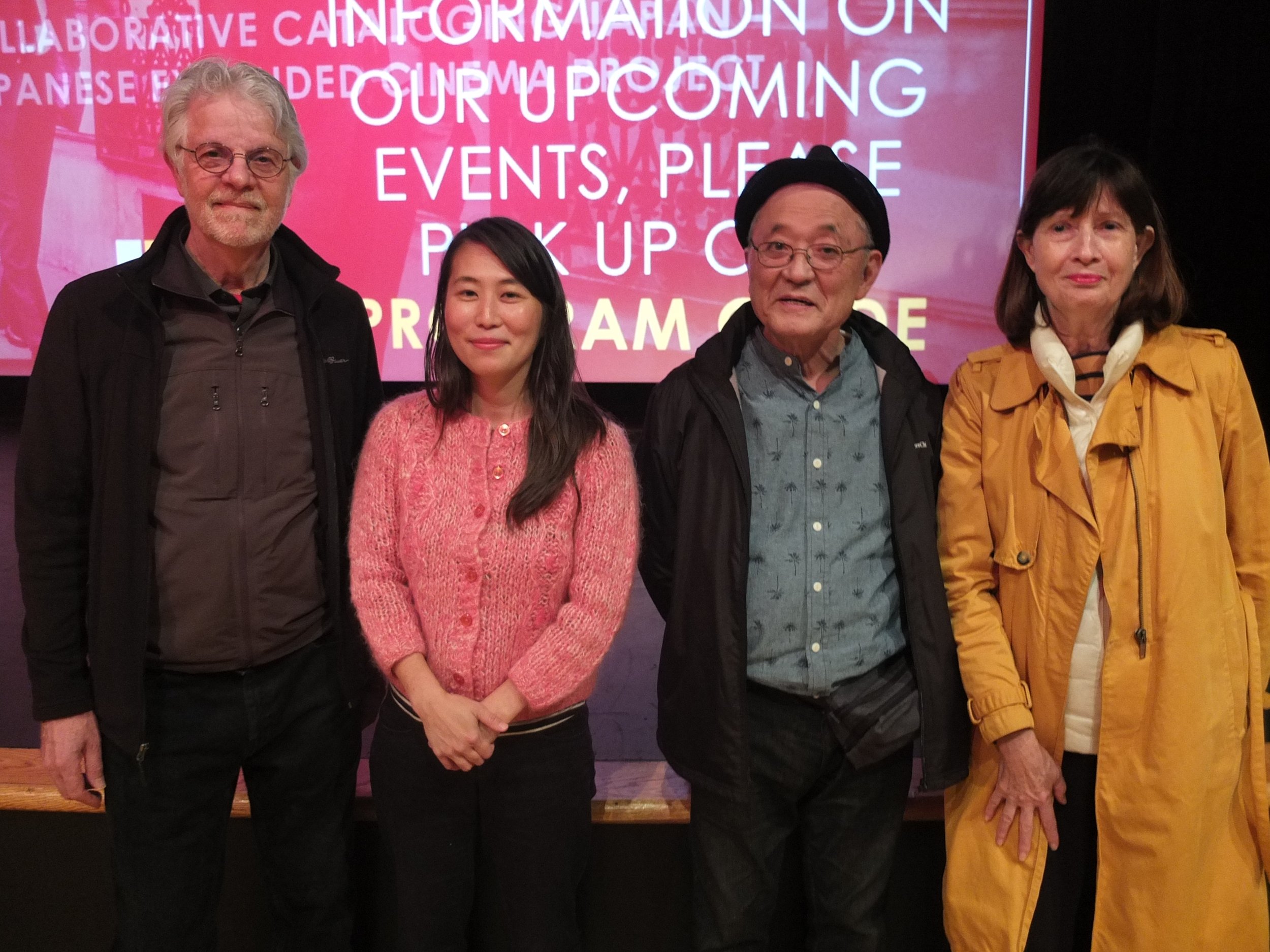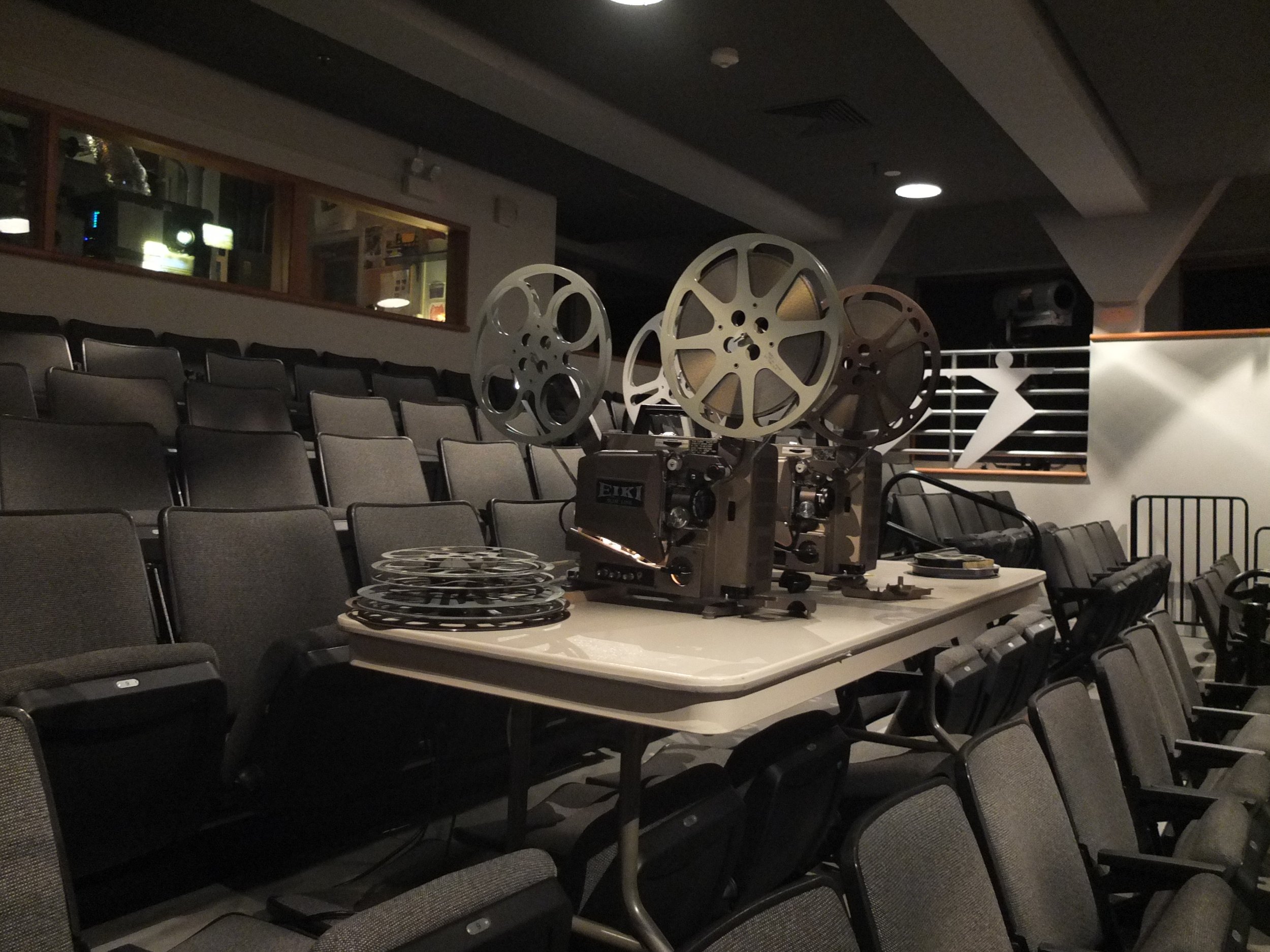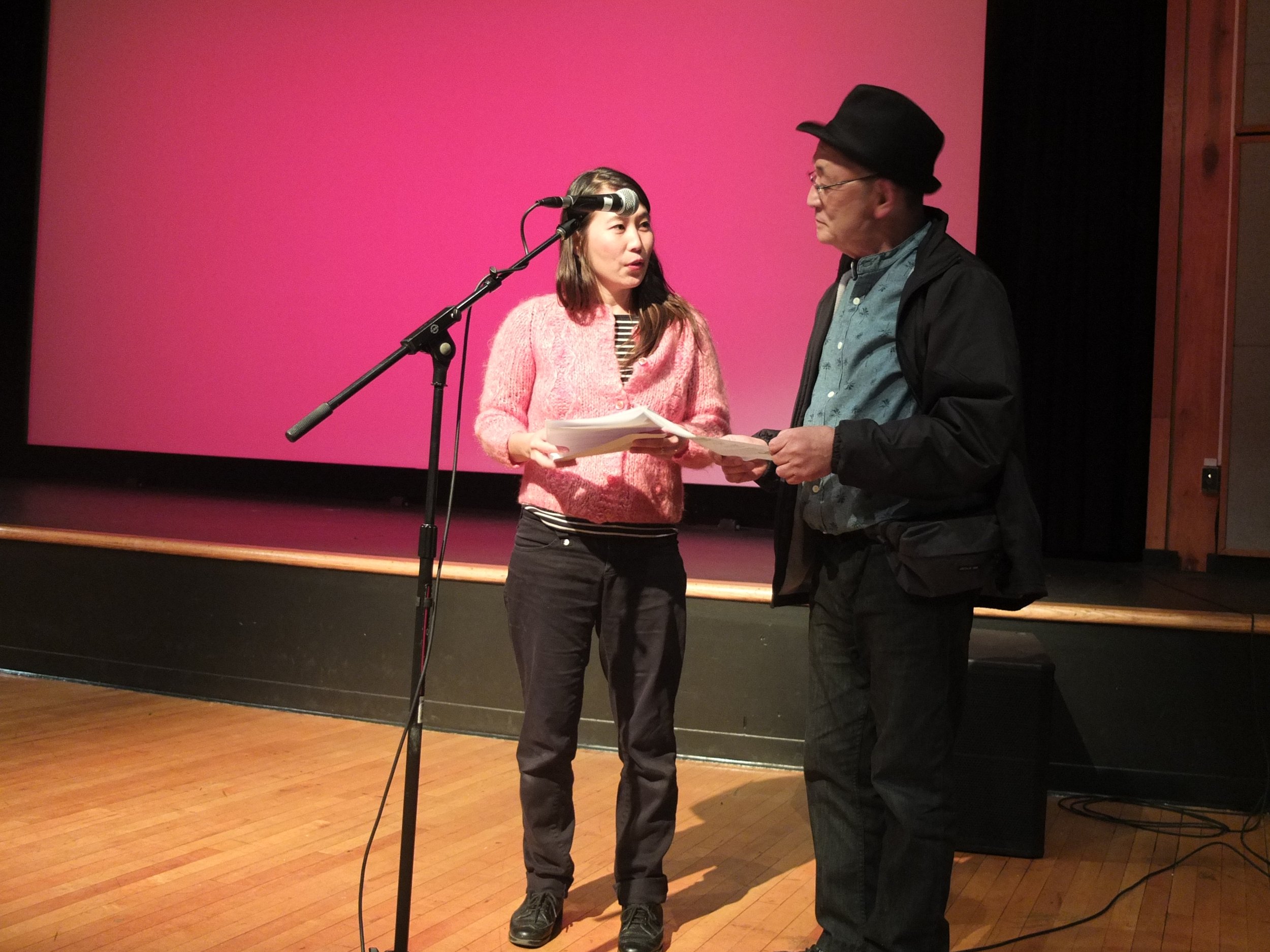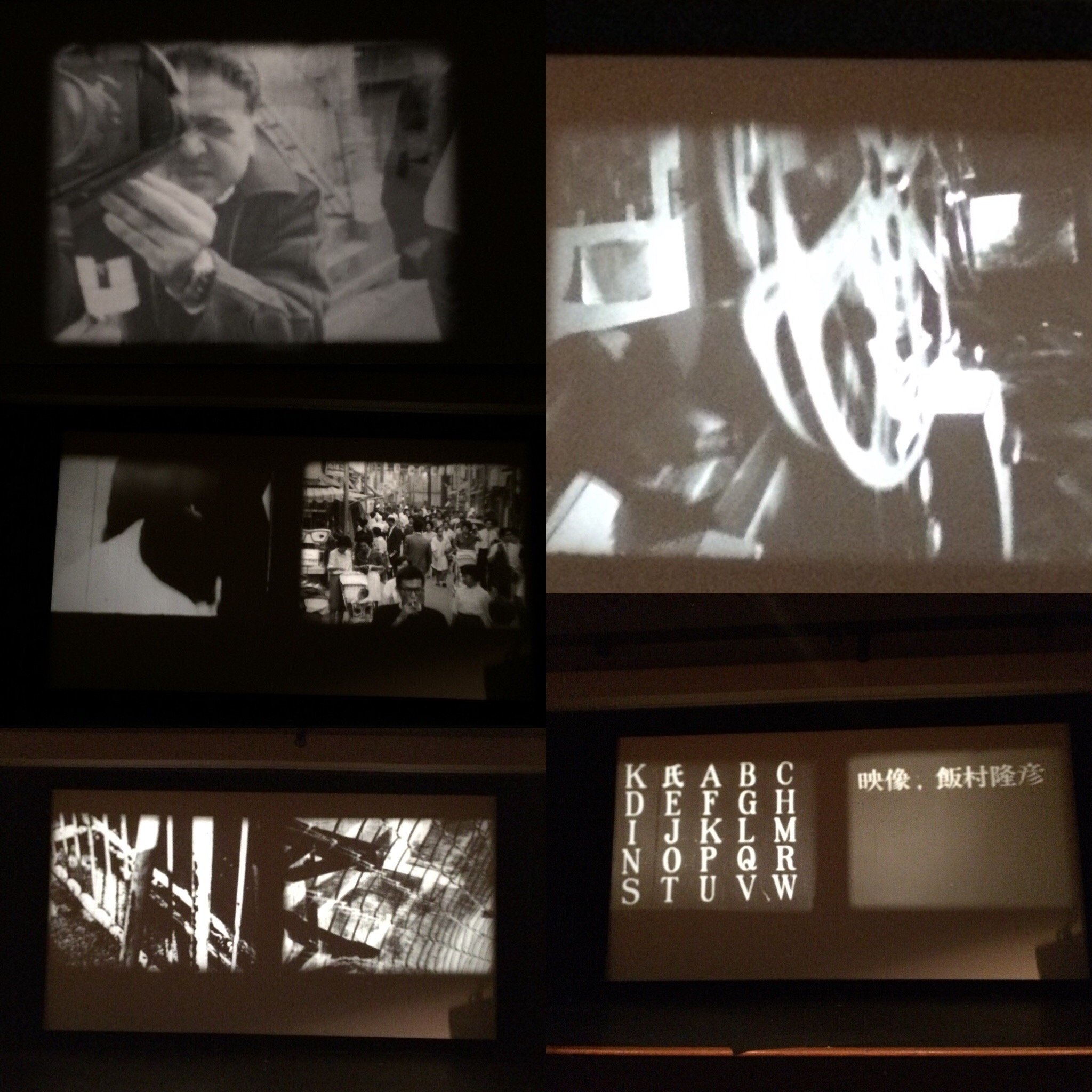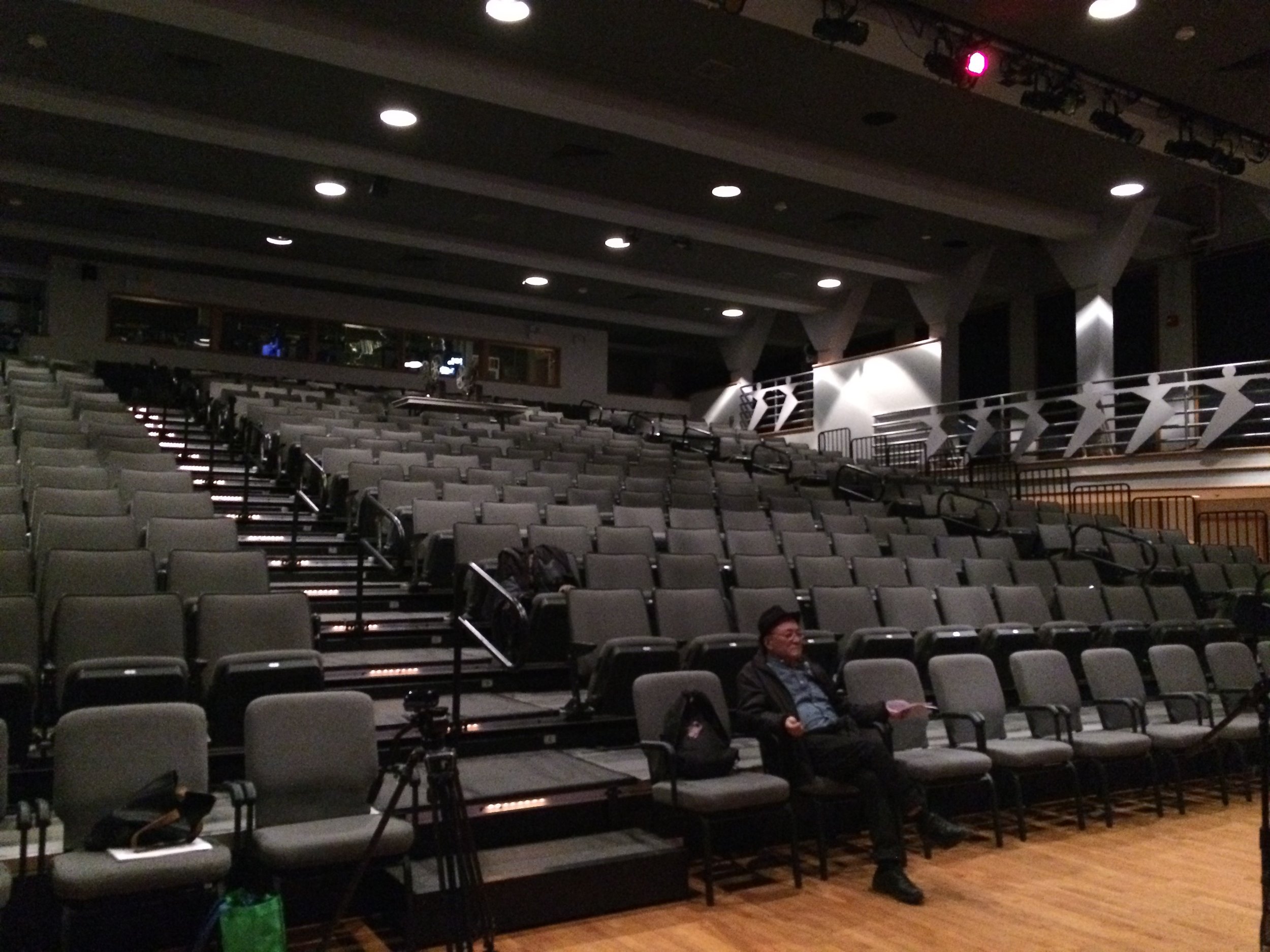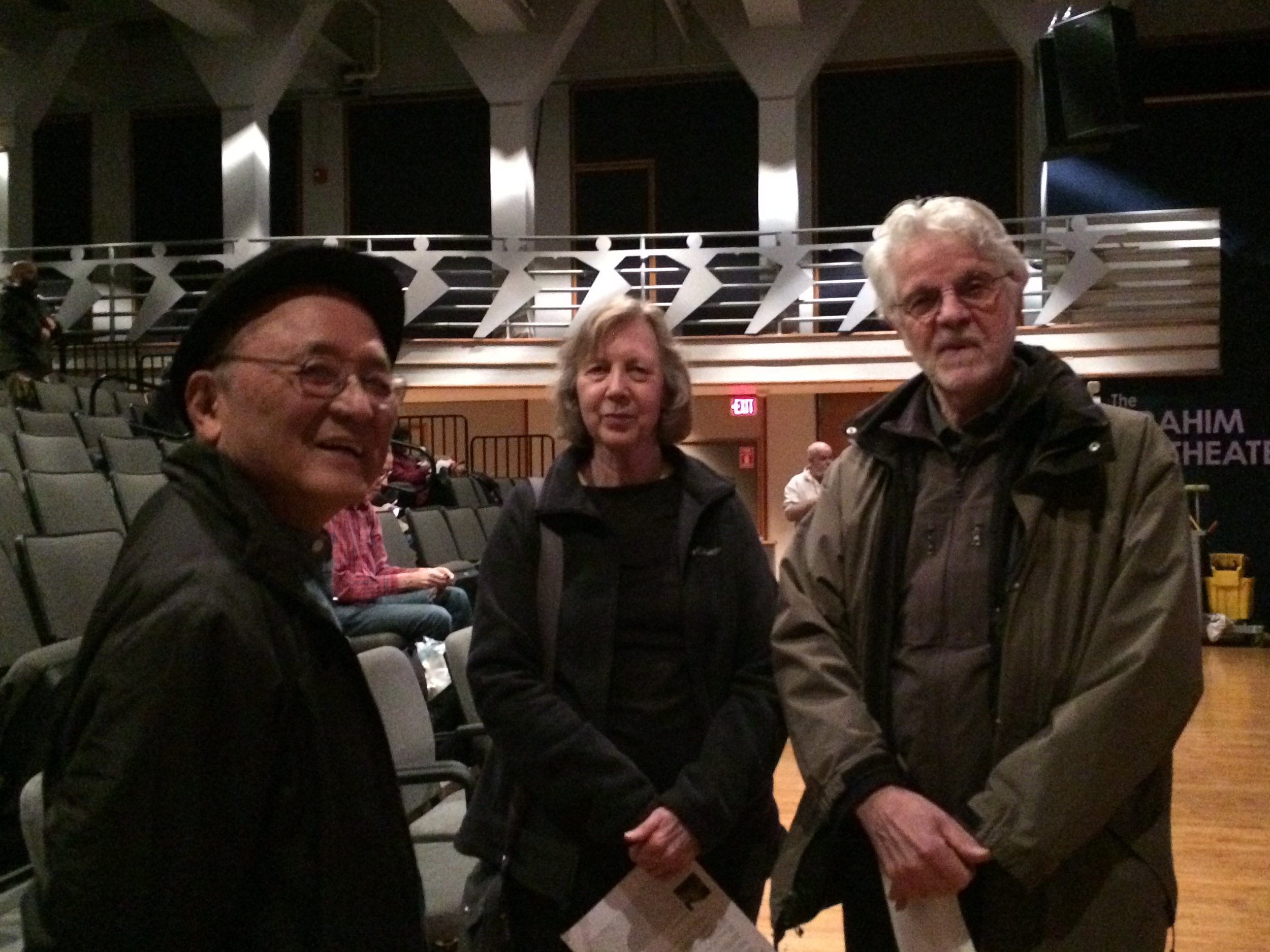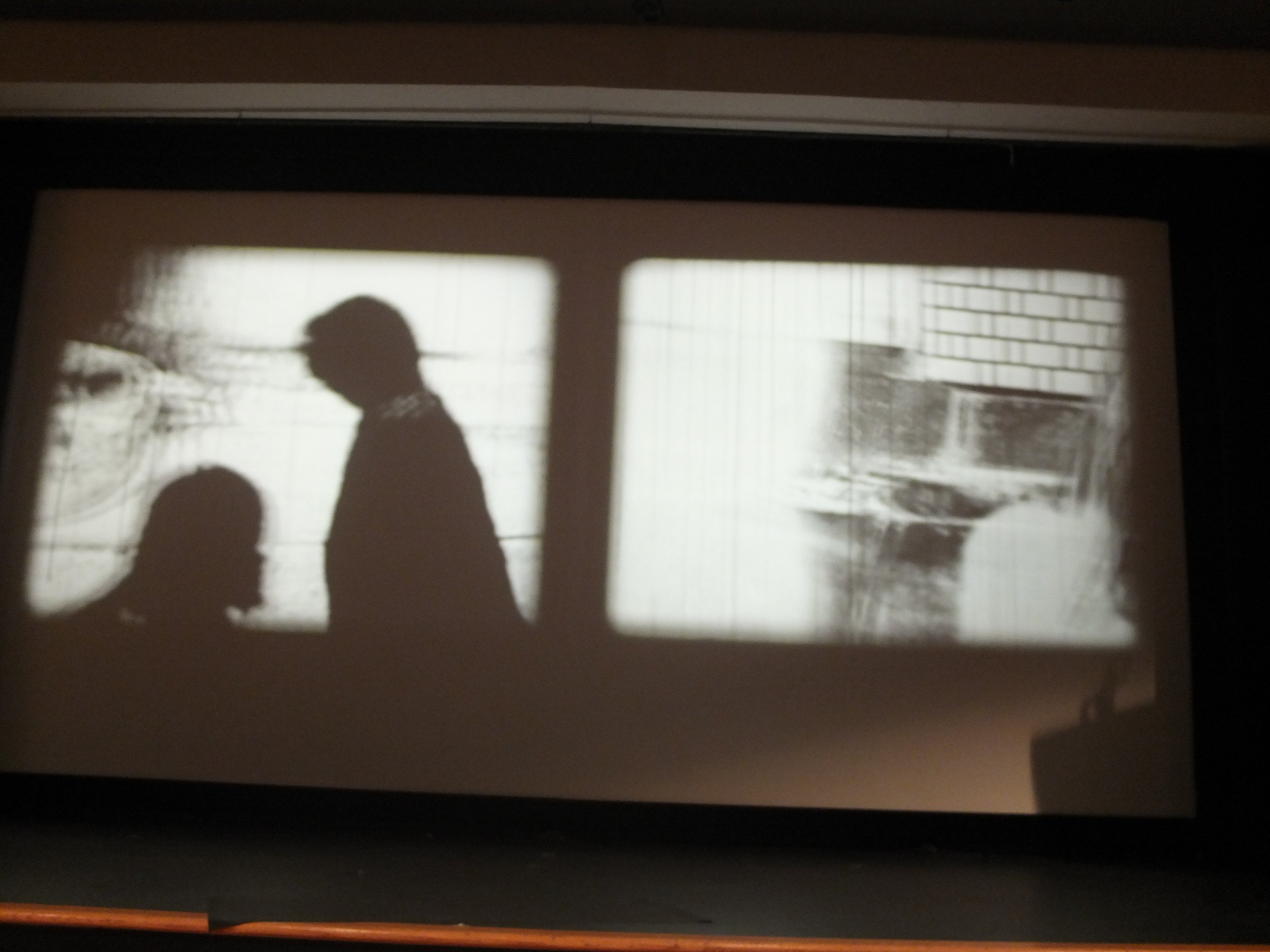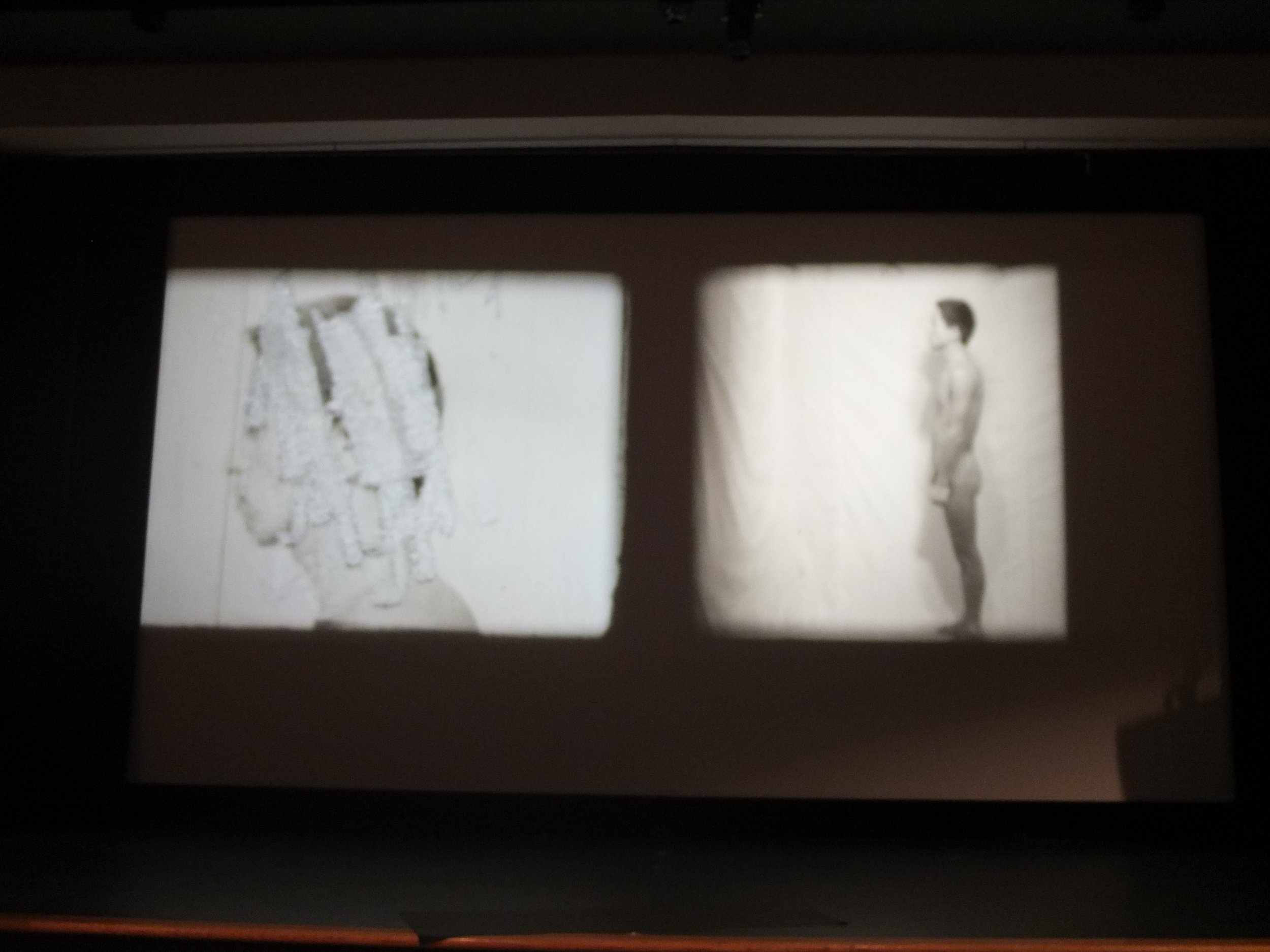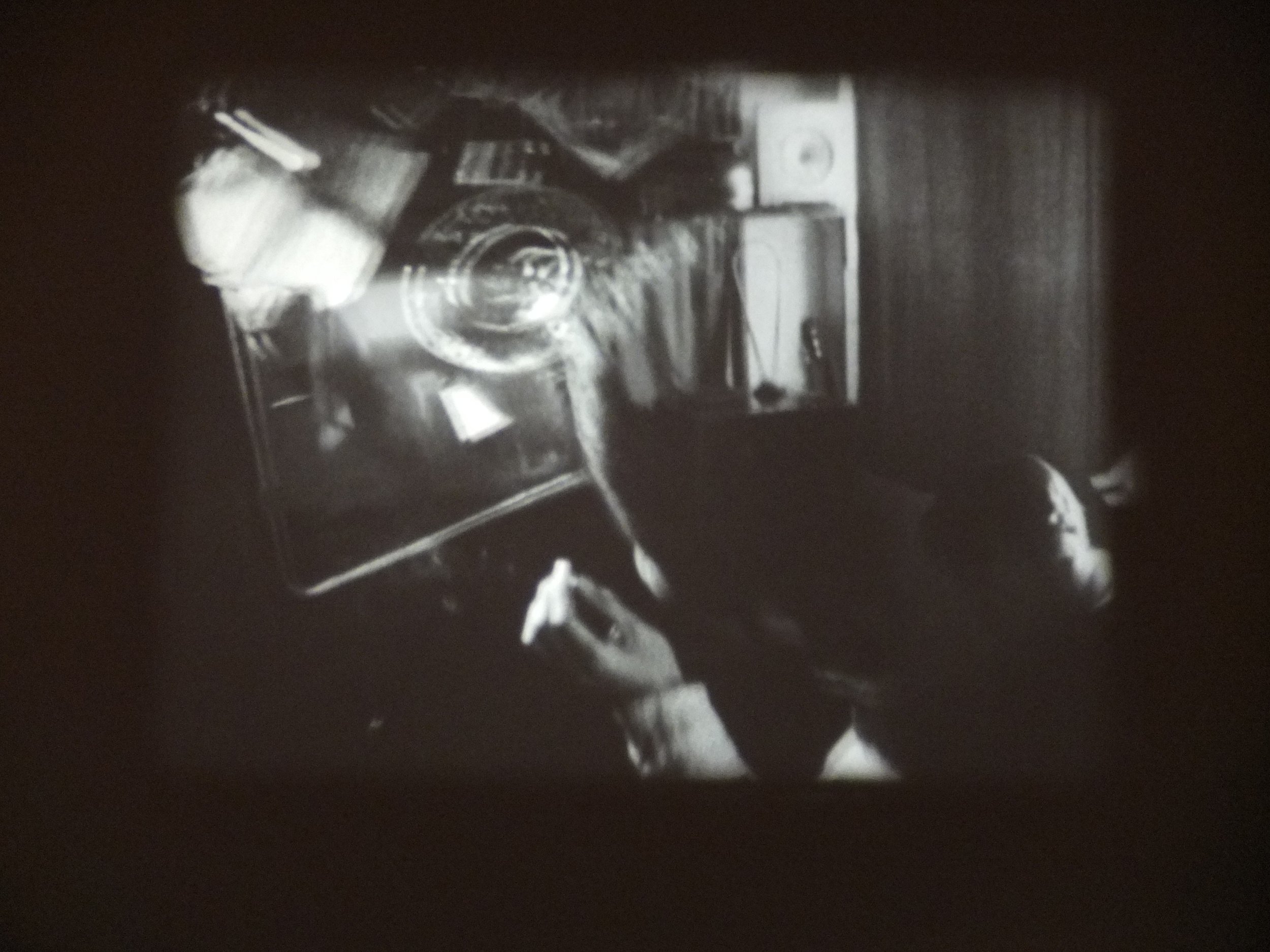CCJ is pleased to partner with Lightbox Film Center to present two screening programs in association with its research thread, the Japanese Expanded Cinema Project. Program One presents CCJ's first Preservation Project of works by Rikuro Miyai, and will be a US premiere presentation of Shadow in 2-channel 16mm projection. Program Two features a special appearance by artist Takahiko Iimura, who will introduce his work, Dance Party in the Kingdom of Liliput, No. 2 (1966).
Expanded cinema is moving image work that is not intended to be shown in conventional cinemas, but take various forms such as multi-media installations or performances, and may include media formats such as slide projectors, transparencies, film, the projector equipment, light, and shadow, etc. As part of an on-going screening and talk series which started in February 2017, this two part program curated by scholars Go Hirasawa and Julian Ross, showcases work by seminal artists who experimented with multiple film projections and performance.
Program One presents the expanded cinema works by Rikuro Miyai and Kenji Kanesaka. Miyai’s double projection piece Phenomenology of the Zeitgeist (1967), follows the radical group Zero Jigen’s ritualistic performance in the streets of Shinjuku. Two prints of the same film are projected onto each other with a slight time-delay, conceptualizing the separation between the performative act and the film documentation. The performativity of the live action is interpreted in the presentation of the film to incorporate action into the exhibition of cinema. In Miyai’s Shadow (1968), he projects two films of his own shadow walking outdoors side-by-side—one positive, one negative—each a reflection of the other. Kenji Kanesaka’s Hopscotch was presented as an event at Sogetsu Art Center in 1967, in order to create the sound recording for the film. Participants included filmmakers, musicians, and artists such as Yasunao Tone (composer), Yosuke Yamashita (jazz pianist), Jiro Takamatsu (artist), Shigechika Sato (film critic), Nobuhiko Obayashi (filmmaker), Rikyro Miyai, and others. Tone gave instructions to “hiku" (to play), a Japanese verb with multiple meanings which performers interpreted to play Majong, subtract numbers on a black board, pull the trigger of an air gun, saw a block of wood, draw a bow, etc.
Phenomenology of the Zeitgeist
Rikuro Miyai, 1967, 16mm, multiple projection, 35 min., b&w
Shadow
Rikuro Miyai, 1968, 16mm, multiple projection, 12 min., b&w
Hopscotch
Kenji Kanesaka, 1967, 16mm film transferred to video, 10 min., b&w, sound. Courtesy of the Harvard Film Archive
Program Two puts a spotlight on film’s dialogue with other arts. By bringing film into the realm of performance art, expanded cinema was one way in which the interaction between the arts was given shape. As such, many of the key players in 1960s expanded cinema demonstrated their interest in exploring these interstices. While being a document of performer Sho Kazakura’s on-street happenings, Takahiko Iimura’s Dance Party in the Kingom of Liliput, No. 2 (1966) is also a double-projection work where two prints of the same footage, one a defect print, was presented alongside one another in a way that plays with cinema’s capacity for mechanical reproduction. Featuring Yoko Ono, Nam June Paik and others, Motoharu Jonouchi’s Hi Red Center Shelter Plan (1964) is a document of an infamous event organized by the art collective Hi Red Center in a hotel room. In a 1967 performance, he stood in front of the projection and whipped the gallery wall onto which the film was projected in a gesture that brought together film and performance. In the other films in the program by Mako Idemitsu and Jonouchi, highlight film’s ability to be a tool for documentation but also an instrument for artistic expression is playfully highlighted.
Dance Party in the Kingdom of Lilliput, No.2
Takahiko Iimura, 1964/66, 16mm x2, 12 min., b&w, sound
Hi Red Center Shelter Plan
Motoharu Jonouchi, 1964, 19 min, 16mm, b&w, silent
Tatsumi Hijikata
Motoharu Jonouchi, 1969, 1 min., 16mm, b&w, silent
Next
Mako Idemitsu, 1973, 4 min., 16mm, color
A Woman’s House
Mako Idemitsu, 1972, 13 min., 16mm, color, sound
PLEASE NOTE, THERE WILL BE A 15 MINUTE INTERMISSION BETWEEN THESE TWO PROGRAMS
This project is generously supported by the Andy Warhol Foundation.
Image: Motoharu Jonouchi, Hi Red Center Shelter Plan, 1964, 16mm, 19 min., b&w, silent

